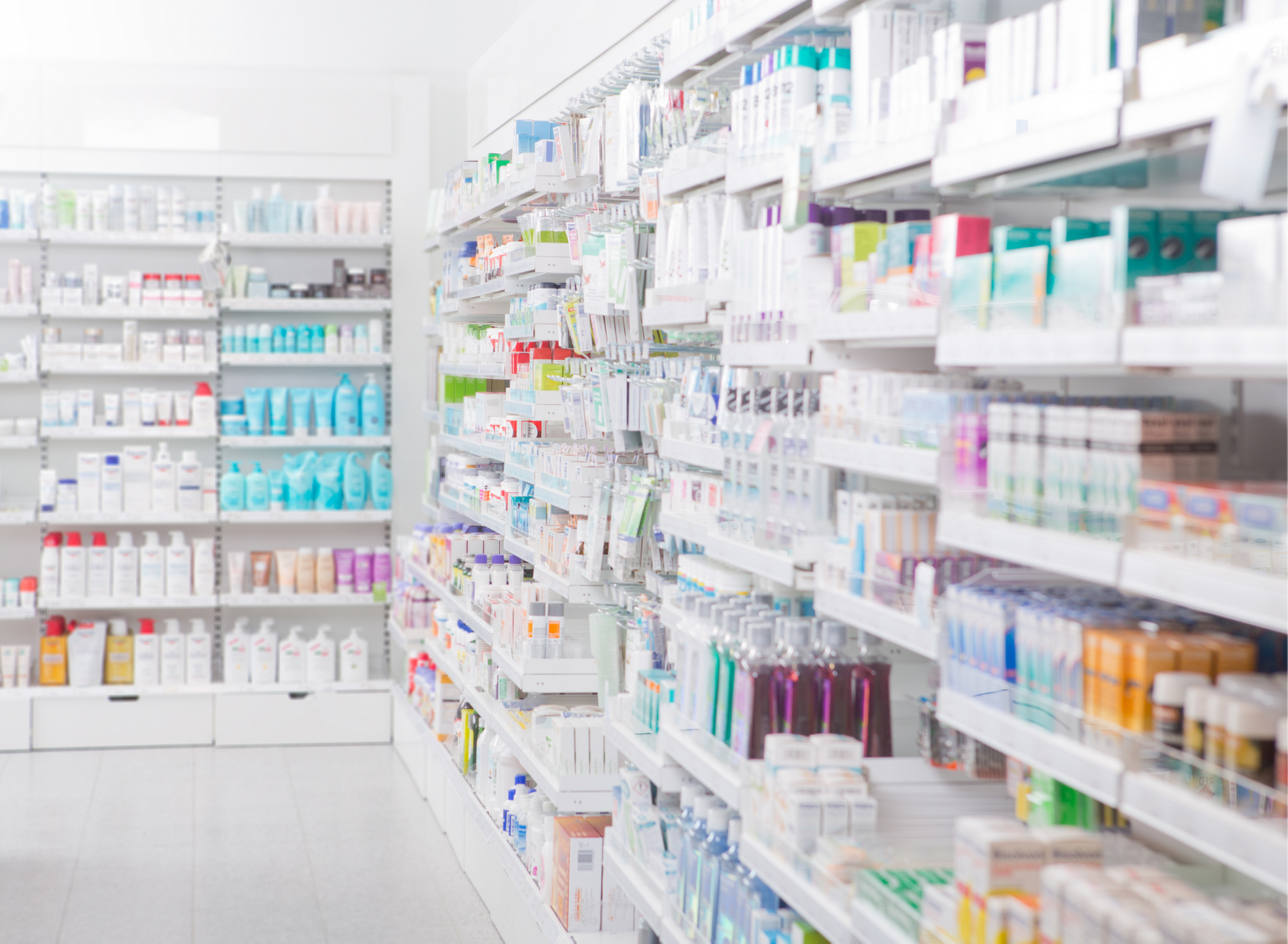Choosing a Wholesale Distributor
It is an independent pharmacy’s relationship with a wholesale distributor that is pivotal to its success.

The number of independent pharmacies continued its decline in 2019, to 21,683 stores, according to the 2020 National Community Pharmacists Association’s Digest report.1 Drug Topics® reported in July 2019 that there were 23,106 independent pharmacies in 2011, a number that fell to 21,909 in 2017.2
Of course, there are efforts around the country by independent pharmacists—often orchestrated by the Community Pharmacy Enhanced Services Network—to provide services that not only affect the communities they serve but generate the revenue needed to support their businesses. However, it is an independent pharmacy’s relationship with a wholesale distributor that is pivotal to its success. Stacy Ramirez, PharmD, a clinical assistant professor at Oregon State University College of Pharmacy in Corvallis, explained that although the cost of drugs is part of the equation, many wholesale distributors also offer pharmacy software and inventory services, and facilitate arrangements with payers.
“If you get it wrong, it’s not just about switching to another wholesale distributor; it’s about switching your entire operation. That’s where the challenge is,” said Ramirez, who also serves as director of pharmacy at Community Health Centers of Benton and Linn Counties in Oregon. “You’d have to be really dissatisfied to take that step. If you’re a new independent pharmacist, you have invested a certain amount of time and capital into that decision. It makes it difficult to walk away,” she said.